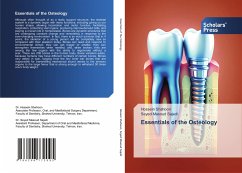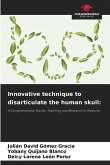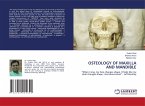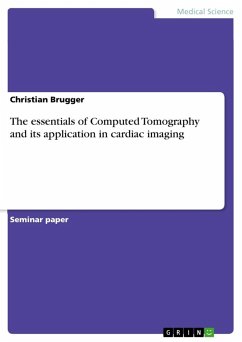Although often thought of as a static support structure, the skeletal system is a dynamic organ with many functions, including giving us our human shape, allowing locomotion and motor function, facilitating respiration, protecting vital organs, producing marrow-derived cells, and playing a crucial role in homeostasis. Bones are dynamic structures that are undergoing constant change and remodeling in response to the ever-changing environment. In fact, there is so much turnover that in 4 years, the skeleton of a young person will be completely new as compared with their skeleton today. Bones can react and respond to environmental stimuli; they can get bigger or smaller, they can strengthen themselves when needed, and, when broken, they are among the few organs with the ability to regenerate without a scar. There are 206 bones in the human body. Some variation exists, because humans may have different numbers of certain bones. Bones vary widely in size, ranging from the tiny inner ear bones that are responsible for transmitting mechanical sound waves to the sensory organs to the large femur that is strong enough to withstand 30 times one's body weight.
Bitte wählen Sie Ihr Anliegen aus.
Rechnungen
Retourenschein anfordern
Bestellstatus
Storno








